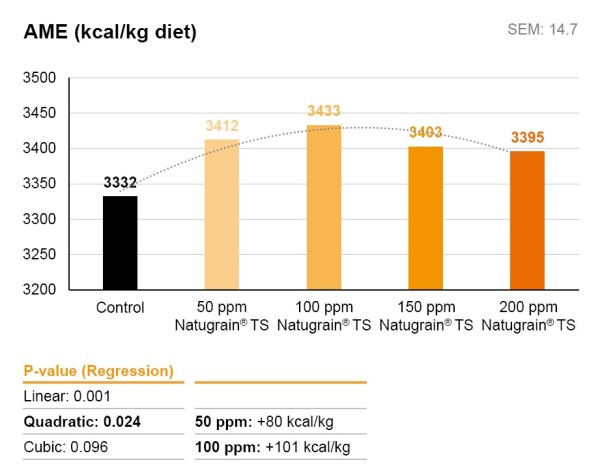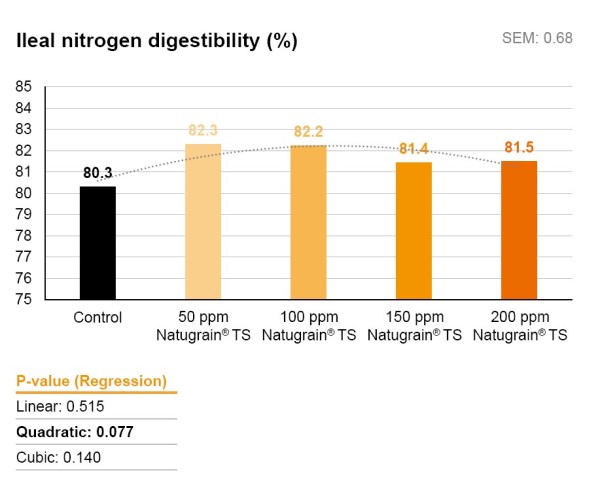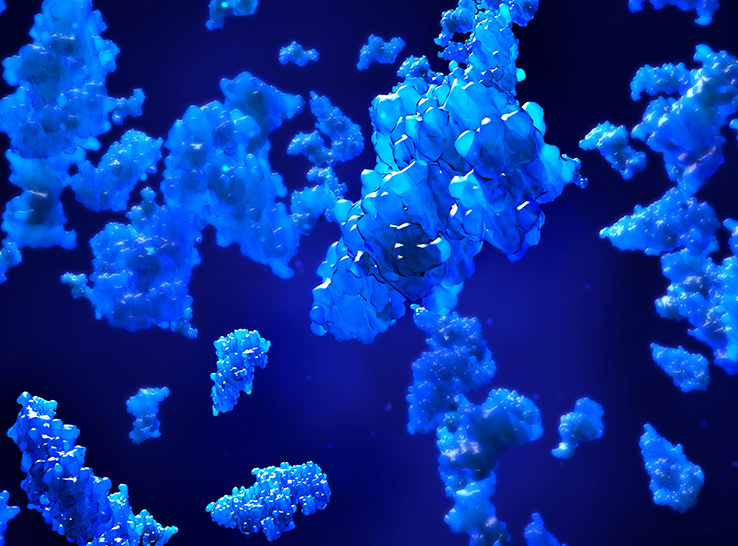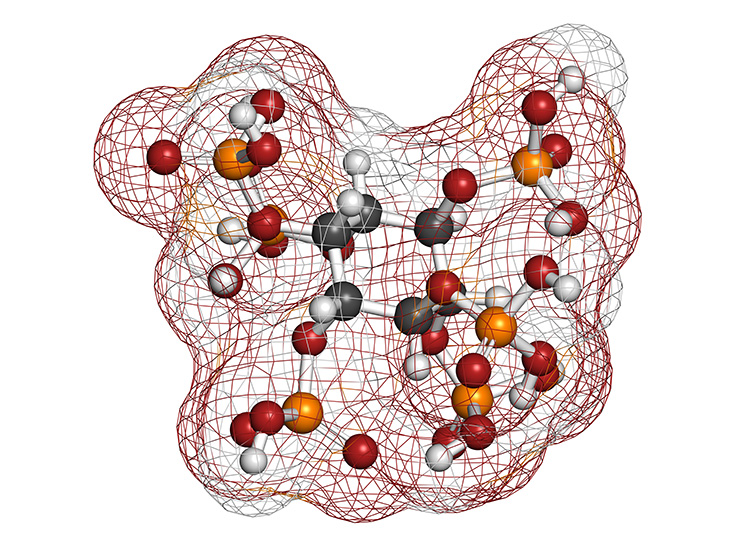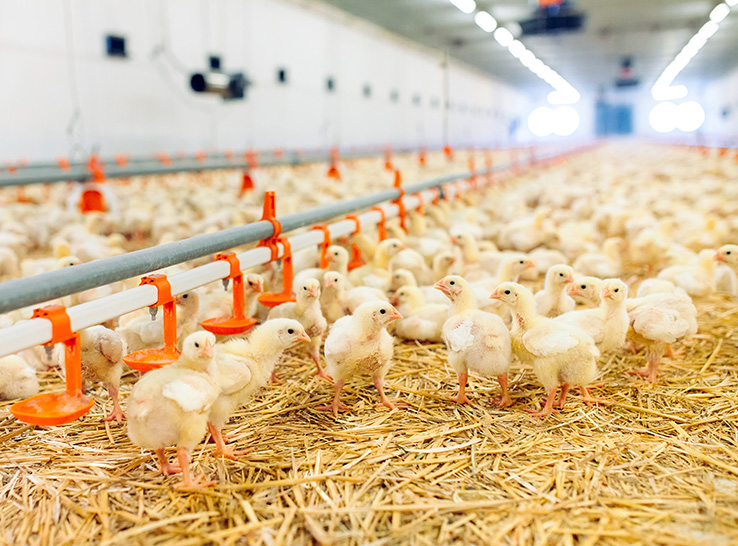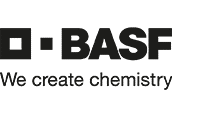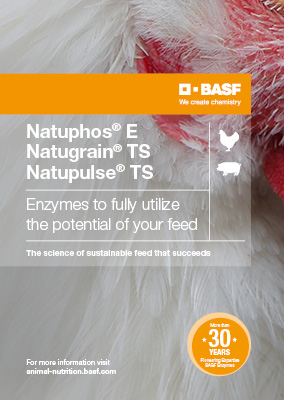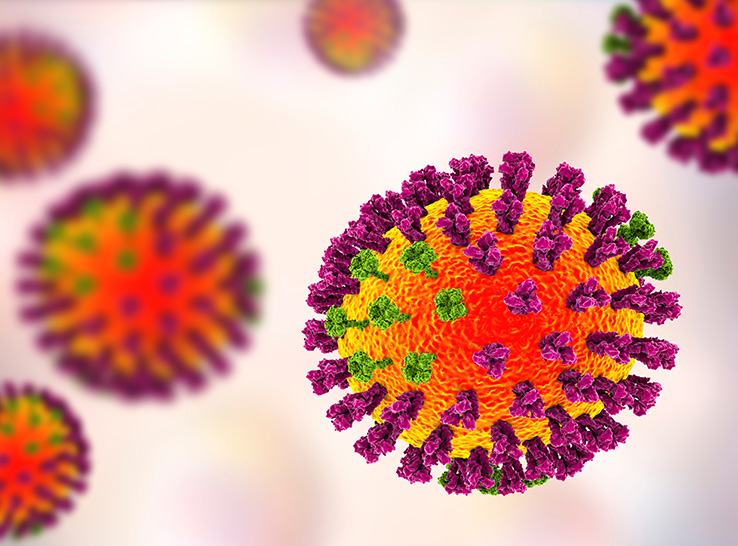Nutritionists know there is often an “ideal level” when dosing feed enzymes. The challenge is determining this level in the feed matrix for optimal response and measurable economic benefits.
New research presented at the 2024 International Poultry Scientific Forum shows where that ideal level lies for a blend of β-xylanase and β-glucanase NSP-enzyme (Natugrain® TS), which is commonly used to enhance the nutritional value of poultry diets.
In a recent study, scientists at BASF and Cargill evaluated the effects of Natugrain® TS in a corn-soy-DDGS diet containing phytase (Natuphos E® TS) at 1,000 FTU/kg on the apparent metabolizable energy (AME) and nutrient digestibility in broiler chickens.
“Our goal was to determine what level of this enzyme provided optimal nutrient uplift in a commonly used broiler diet,” explained Bayo Sokale, DVM, PhD, technical lead BASF North America, for BASF.
The team carried out the work at Cargill Research Facility in Elk River, US using 300 Ross 308 male chicks in a randomized set up of 60 cages. They fed birds different dose rates of Natugrain TS (50, 100, 150 and 200 ppm of feed) in comparison to a control diet with no NSP-enzyme supplementation. To measure digestibility, they collected the birds’ excreta and small intestine digesta samples at days 23 and 24 of the study, for analysis.
Clear advantages at ‘happy medium’
Investigators found that adding Natugrain® TS on top of the phytase-supplemented diet improved both AME and nitrogen retention, but the gains were dose-dependent. Their data (Figures 1 and 2) suggested that the optimum inclusion rate was 100 ppm, with diet AME improvement by 101 kcal/kg and nitrogen retention by 6.9% at this dose. Additionally, the study showed a dose-dependent improvement in ileal nitrogen digestibility coefficient by 2%.
“It’s important for nutritionists to know the optimal dose of the enzyme that can be applied within a specific diet,” Sokale said.
“What is enough for that particular feed matrix and its interaction with other additives to maintain energy density in the diet while reducing feed costs?”
Based on the improvements in energy and nitrogen retention seen in the study, Sokale concluded that 100 ppm (100 grams per metric ton of feed) gives the most benefit to the broiler chickens.
“This is the typical amount that we recommend in a corn-soy diet, so it’s a useful validation of the approaches already being taken in the industry,” he added.
Total tract digestibility
Ileal digestibility
Editor’s note: Content on Modern Poultry’s Industry Insights pages is provided and/or commissioned by our sponsors, who assume full responsibility for its accuracy and compliance.



